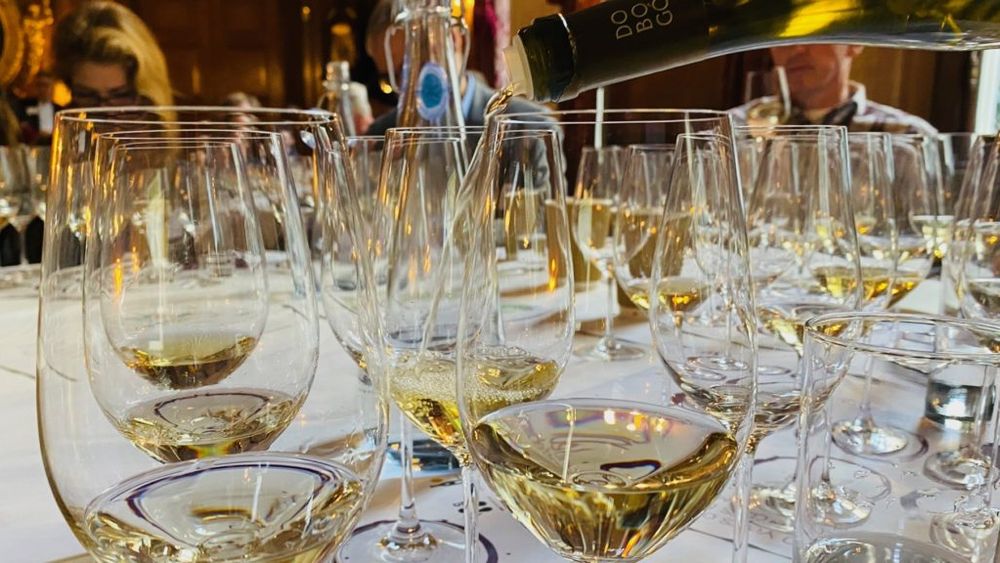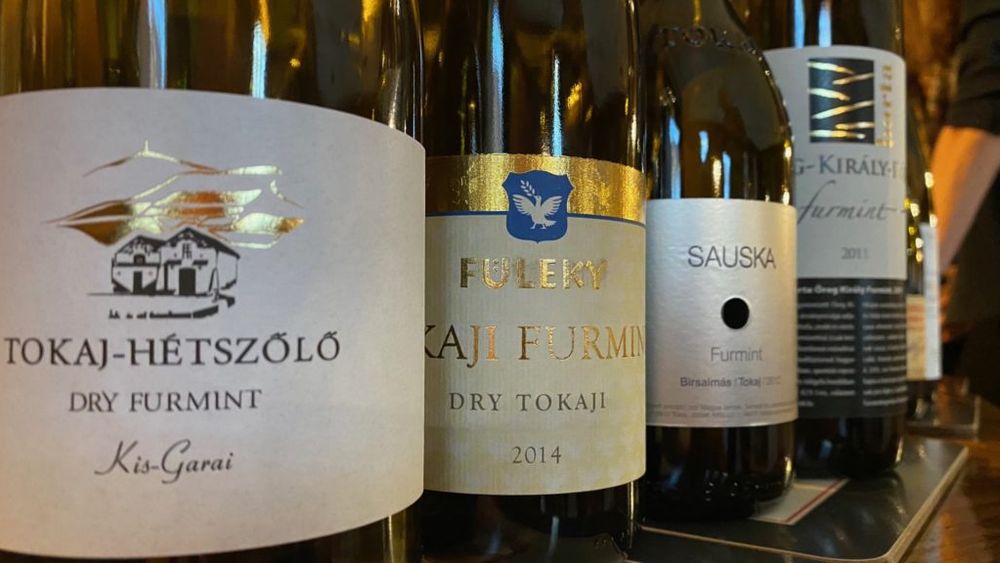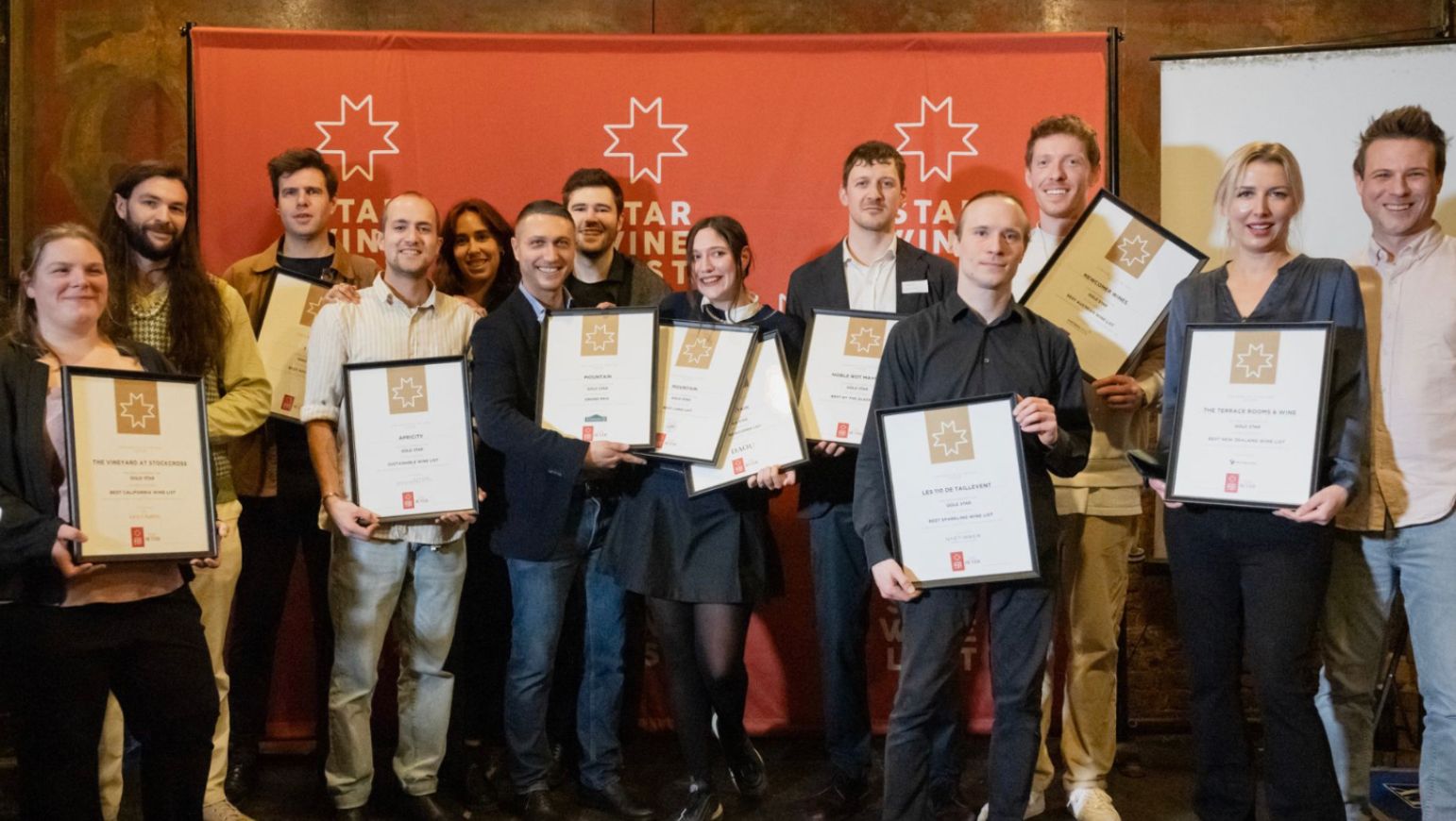As climate change reduces the number of noble rot years in Tokaj to 3-4 times a decade, it is doubly important that Hungarian winemakers embrace the change to making Ferment into quality dry wines.
The sweet wines of Tokaj are one of the wine world’s icons. The process of making noble rot sweet wines from shriveled Aszú berries can be dated back to 500 year-old recordings. Proudly wearing the slogan of “the king of wines and the wine of kings” (a favourite of the court of Louis XIV no less), it was here that the world’s first vineyard classifications took place back in 1737, a full 122 years before all those Châteaux in Bordeaux became Grand Cru Classé.

I’m not just reeling off these dates to make it sound like I’ve bothered to read a book in my life. OK, maybe a little, but mostly it’s to set a scene. The sweet wines of Tokaj are what they do. It’s what they’re famous for and just 20 years ago it was still the vast majority of what they produced. It makes the shift from then to now even more dramatic. From effectively nothing in the year 2000, roughly 30% of the wines of Tokaj in the 2019 vintage were dry white wines according to president of the Council of Tokaj, Dr Péter Molnár.
So what has changed so much in the past 20 years? And how are the producers adapting to this new style of winemaking?
Changing views on Furmint

Caroline Gilby MW, Furmint February tasting, London
Covering nearly 70% of the vineyards of Tokaj, Furmint has led the way in winemaking in the region for over 400 years. But it was only towards the end of the 20thcentury that it began to dawn on the producers of sweet Tokaji wines that the base wines that effectively ‘stew’ the Aszú berries, made from majority Furmint, really mattered in the quality of the final product. As more thought went into the base wine it became apparent by the late 1990s that Furmint was capable of making excellent dry wines, with one of the living legends of Hungarian wines, Istvan Szepsy, leading the way with the 2000 Úrágya vintage.
One of dry Furmint’s leading advocates is the UK’s very own Caroline Gilby MW. The shift in thinking and subsequent winemaking success comes as no surprise to her.
“Furmint is effectively a half sibling of both Riesling and Chardonnay. You get the acidity and vibrancy from the Riesling part, and then the adaptability of the Chardonnay heritage, which really helps to show off terroir. Furmint is capable of making some truly great dry white wines.”
As climate change reduces the good years of noble rot down to 3-4 per decade, it’s important that producers embrace this spirit.
The terroir of Tokaj
Gilby’s nod to the adaptability of terroir links nicely into why Tokaj is a great region for this grape. Tokaj is up in the very north of Hungary and very continental in climate. It’s cold in the winters and hot in the summers. The summer days are warm and the summer nights are cool. It all adds to the freshness of the grapes on the vine through the growing season; that zingy acidity and vibrancy that Gilby spoke about is really looked after.
From a vineyard point of view, Tokaj is effectively just one big mass of volcanic rock, which translates into stunning rolling hills with an array of top soils, from sandy loess to heavier clay. It’s where those topsoils are thinnest that arguably the best dry Furmint can be made, as the roots of the vine can really get deep down. As luck would have it, Tokaj is scattered with an array of steep slopes perfect for such plantings. These steep slopes had been abandoned in the communist era as they were too hard to work, so not only are they ‘going spare’, they’re also untouched by the ridiculously high use of agrochemicals in the 1950s-1980s…. it was all fitting together nicely.
Adapting in the vineyard
The big challenge facing the dry Furmint revolution is not just one of mindset, there are practical issues too. In the past, producers were desperate for the onset of noble rot from those misty mornings produced by the meeting of the Bodrog and the Tisa rivers, now it’s a case of stopping the onset of rot in your dry Furmint vineyards; new clonal selection, producing long loose bunches, and better canopy management allows more air to clear the fruit zone of humidity.
Let’s talk about oak

The styles of dry Furmint on offer seem to hinge on the use of oak. Now it’s important to remember here that oak is a big thing in Hungary. Home to some of the most prized oak forests in the world, they are planted with arguably the most highly sought after branch of the oak family tree, Quercus Petraea.
So as a producer, what do you do? You’ve got all this amazing oak, and it would be rude not to at least dabble with it, right? The big issue then becomes that if you’ve got a vibrant and zesty wine, packed with fresh minerality and fruit, do you really want to mask it all in oak?
For me, I prefer the unoaked styles, but that’s just me. We’ve also got to remember that they’ve only had 20 years to work out how dry Furmint and oak work together, be it old or new barrels, large or small. On the upside it means that there are some very different styles out there available for you and your punters to make your way through.
Serving options
Furmint (oak treatment dependent of course) can be generally put into the category of a vibrant white wine, with great acidic structure, stony minerality, and a mix of green, stone, and citrus fruits. It’s a great food pairing wine, a great aperitif wine and, as such, it’s a great wine to have on your menu as a ‘By The Glass’ option.
Marcin Schilling looks after the wines of Disznökó for importer Gonzalez Byass.
“I tell my customers that, for me, it’s a great alternative to Chablis. Chablis at £10 a glass or our dry Furmint at £8 a glass. It’s more accessible and does the same job more or less.” In that context it has the potential to be a firm favourite across the bars of the UK.
Furmint February
So that leads us nicely back to Furmint February 2020; an initiative started last year by Wines of Hungary UK, it’s a special promotion for importers and retailers to put on a big show of getting dry Furmint out to their customers thorugh new listings, new BTG options, or just standard offers and promotions. It’s being run throughout February, with the winners of ‘Best Promotion’ to be announced in mid-March.
Most of the larger importers in the UK have lines of dry Furmint, so there really is no excuse. These are excellent value alternatives to some of the regulars on UK wine lists. There’s plenty of fun to be had, margin to be made, and happy customers to satisfy.
Head on over to www.furmintfebruary.co.uk now for more details and to apply for your promotional pack.
Good luck everyone and enjoy it!









































